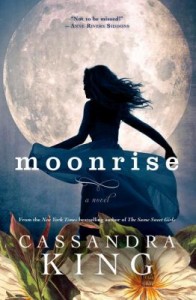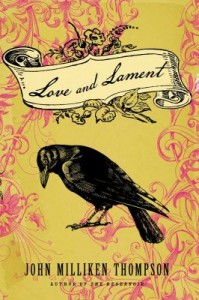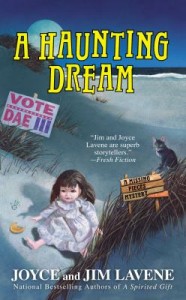 Nicholas Sparks returns with another solid effort that is sure to have readers everywhere reaching for Kleenex. The Longest Ride, Sparks’ seventeenth novel, weaves together two seemingly disparate love stories. Readers might not immediately spot any connections, however, by the conclusion of the novel, Sparks stitches the two stories together with surprising poignancy.
Nicholas Sparks returns with another solid effort that is sure to have readers everywhere reaching for Kleenex. The Longest Ride, Sparks’ seventeenth novel, weaves together two seemingly disparate love stories. Readers might not immediately spot any connections, however, by the conclusion of the novel, Sparks stitches the two stories together with surprising poignancy.
The first story concerns 91-year old Ira Levinson and his beloved and deceased wife, Ruth. As the novel opens, the combination of Ira’s failing eyesight and a snowstorm has caused him to run his car off the road and down a steep embankment. The front of his car has smashed into a tree, and Ira is lodged tight in his damaged car. From what Ira can tell, he has sustained several possible injuries. If he tries to climb out, with his age, his wounds, and the icy slope, he would never be able to make it back to the road. So Ira has no choice but to wait in his car until someone discovers him. While Ira bides his time, he imagines that his late wife, Ruth has materialized in the passenger seat of the car.
She and Ira reminisce about their marriage. Their story starts in Greensboro. They met through their families. Ruth’s parents recently immigrated from the threat of Hitler’s burgeoning regime and Ira’s parents owned a local haberdashery. The courtship was slow and managed to endure through World War II. Ira revisits all the unexpected twists in their lives, some good and others bad. Ruth, or at least the fantasy of her, helps keep Ira conscious as he struggles to hold onto life. Sparks drums up a great depth of emotion and convincing detail with Ira and Ruth’s romance. Readers will feel invested in this plot line and will wonder what will happen to Ira. Will someone rescue him in time?
Meanwhile, in the second story, Sophia, an art history major and senior at Wake Forest, has called it quits with her unfaithful boyfriend Brian. She has discovered that Brian has cheated on her once again. She insists to herself that this will be the last time–she is done with him. But slipping away from Brian’s clutches is easier said than done – as evidenced by her past failed attempts to break it off. As Sophia’s best friend Marcia puts it, Brian “is funny, good-looking and rich” plus he’s the most popular guy in his fraternity. Essentially, he possesses all the characteristics of a perfect catch (minus the infidelities, of course). Brian can’t accept that the relationship is over. He has followed Sophia around campus since the break up and she’s sick and a little bit scared of his stalking.
During a weekend trip to a bull-riding competition with her sorority sisters, Brian approaches Sophia. Just before the confrontation escalates into something nasty, one of the cowboys intercedes and diffuses the situation. After the awkward incident Sophia and the cowboy, named Luke, become acquainted. Luke lives with his mother on a ranch near King. He competes in bull-riding competitions partially out of love of riding and partially to help pay the bills. Soon Sophia is spending all her free time with Luke. Marcia warns her against leaping so quickly into another long-term relationship and predicts that Sophia and Luke’s lives are headed in different paths. For a while, the pair is blissfully happy. Then the real world intervenes–Luke withholds a serious secret, and Sophia feels pressured about finding a job after she graduates in the spring. Can the new couple brave the strain from the outside world, or will the hard realities of life crush their relationship?
Despite the surface differences, the two love stories mirror each other in several respects. Ruth and Sophia are both immigrants with who have an affinity for art and date rich, important men. Ira and Luke are the men who stand on the sidelines and come to marvel that such special women could fall for them instead of the obvious choice. Ira and Ruth’s tale is expansive in its recollection, but the actual story within the span of the novel is compacted given the parameters of the car accident in terms of time and space. Luke and Sophia’s romance is more spread out and has a longer time frame to develop. Sparks alternates between the two stories, told from the point-of-view of Ira, Sophia, and Luke. Together they play off each other nicely – one love story at its end and the other at its beginning.
Check out this title in the UNC-Chapel Hill Library catalog.









